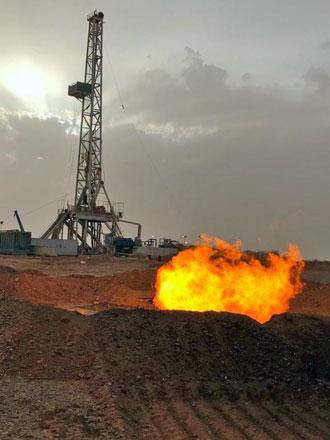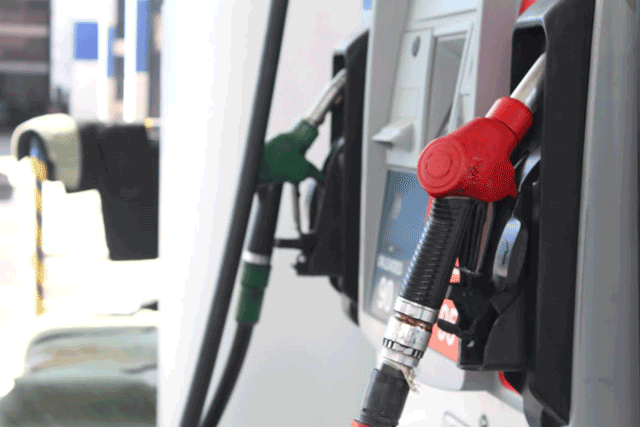You are here
99.9% of Kingdom's population connected to electrical system in 2023 — report
By JT - Nov 12,2024 - Last updated at Nov 13,2024

Electricity per capita consumption reaches 1,890 kilowatt-hours (kWh) in 2023 (File photo)
AMMAN — A total of 99.9 per cent of the Kingdom's population is connected to the electrical system, with the average per capita consumption reaching 1,890 kilowatt-hours (kWh) in 2023, according to the Ministry of Energy and Mineral Resources’ latest energy balance report.
The report, available on the ministry’s website, showed that 42 per cent of Jordan's imports of oil and fuel derivatives were crude oil, 24 per cent diesel, 21 per cent gasoline, 11 per cent liquefied petroleum gas (LPG), 1 per cent jet fuel, and 1 per cent kerosene, the Jordan News Agency, Petra, reported on Tuesday.
The report showed that the Kingdom imported 76 per cent of its energy, while 24 per cent came from domestic sources.
In terms of consumption patterns, the report indicated that LPG accounted for 13 per cent, gasoline for 34 per cent, jet fuel for 7 per cent, kerosene for 3 per cent, diesel for 39 per cent and fuel oil for 4 per cent.
Sector-wise, the transportation sector accounted for 42 per cent of the total consumption, buildings for 24 per cent, the commercial sector for 18 per cent, and the industrial sector for 16 per cent.
As for electricity, residential and government buildings consumed 46 per cent, industrial users accounted for 22 per cent, the commercial sector 17 per cent, agriculture and water pumping 13 per cent, street lighting 2 per cent, and electric transportation consumed less than 1 per cent.
Regarding the overall energy mix, crude oil and petroleum products accounted for 45 per cent of energy consumption, 31 per cent from natural gas, 14 per cent from renewable energy, 8 per cent from oil shale, 1 per cent from imported electricity, and 1 per cent from coal and lignite.
Related Articles
AMMAN — Jordan's crude oil production declined significantly in 2023, falling to 43,988 barrels from 94,675 barrels in 2022, according to th
AMMAN — Petrol station consumption of oil derivatives increased by 1.7 per cent last year compared with 2022, according to the Energy and Mi
AMMAN — The volume of local consumption of various oil derivatives decreased to 3,415 tonnes in 2020, compared with 4,912 tonnes in 2016, ac













